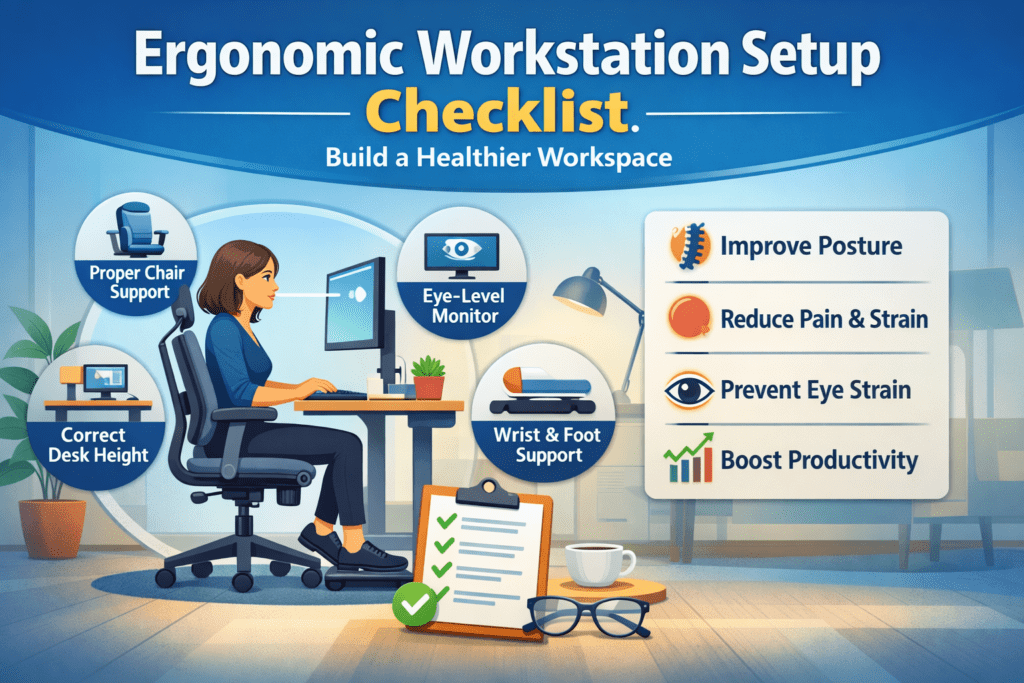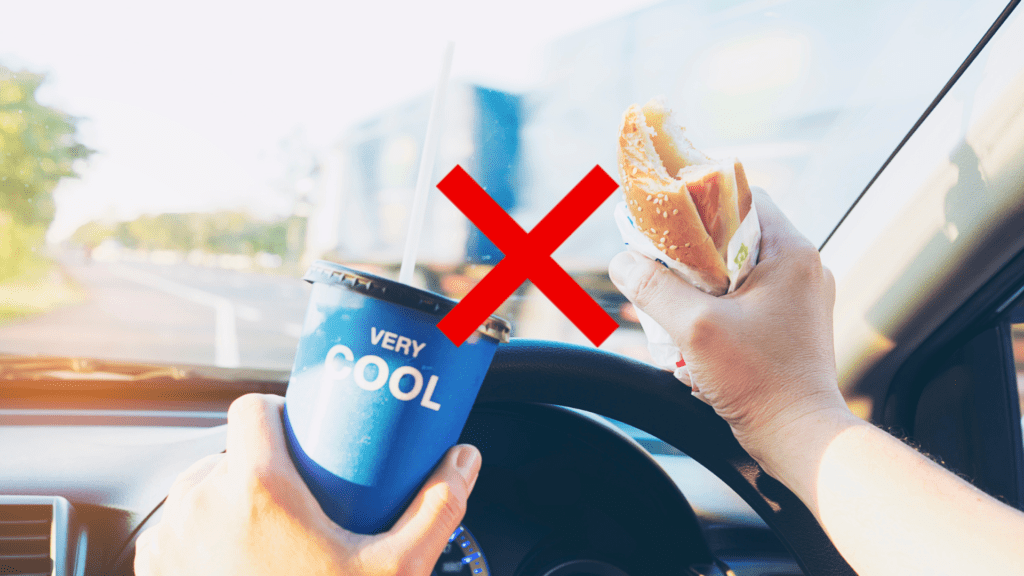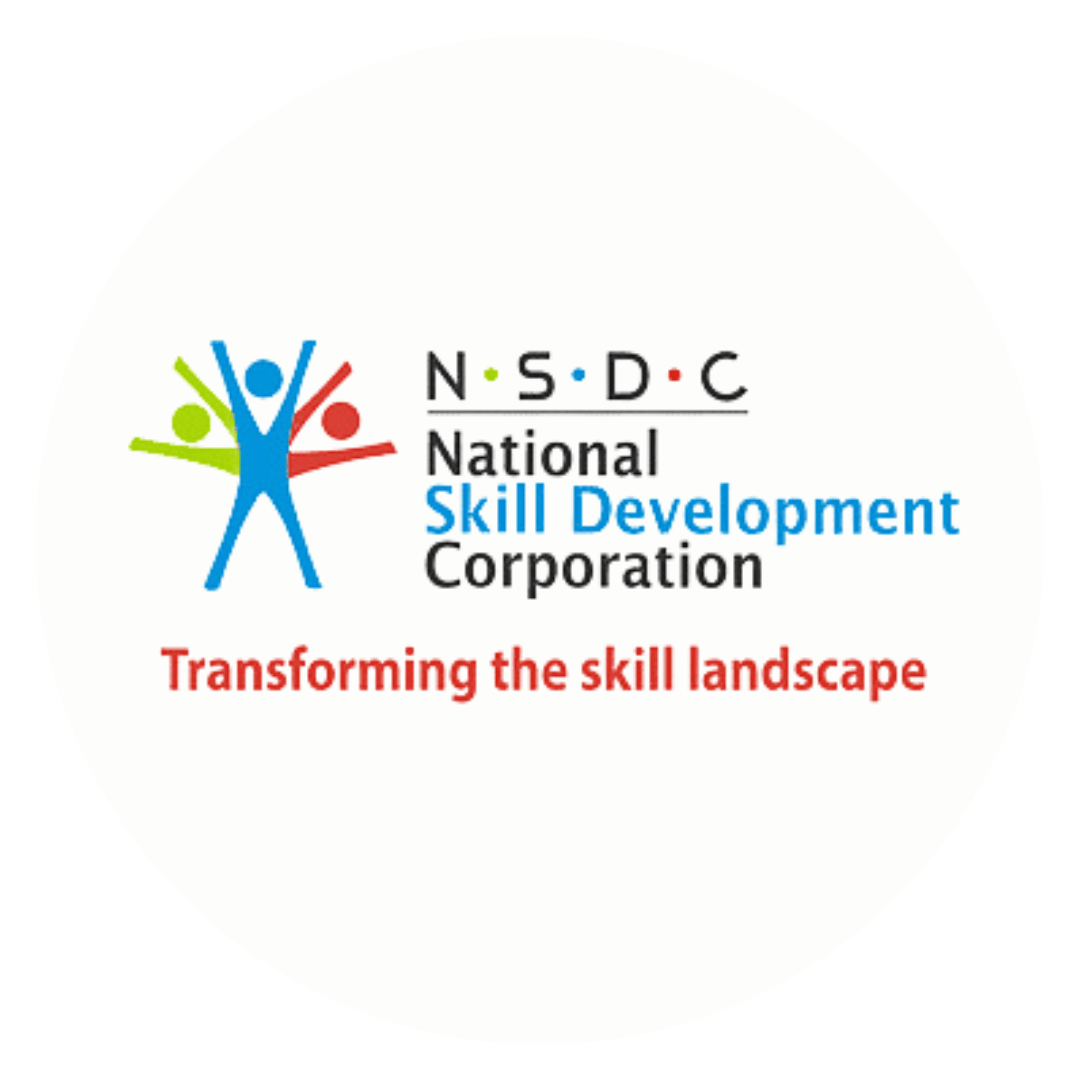Making SOPs a Safety Tool via Safety Animation
In this blog, we explore how traditional safety measures often fall short and how safety animations can revolutionize SOP compliance in workplaces. By replacing dense manuals with engaging, easy-to-understand videos, these animations make crucial safety procedures accessible and memorable. From airline pilots’ checklists to daily factory routines, the use of animated visuals helps embed safety deeply into workplace culture. This shift not only makes SOPs more interesting but also ensures they are consistently followed, fostering a safer, more efficient work environment.
Table of Contents

Introduction
Have you ever wondered why, despite all the warnings and training, safety mishaps still happen in workplaces?
It’s often chalked up to ‘human error,’ a phrase that pops up a lot when safety experts look into what went wrong. It seems like no matter how many times EHS (Environmental Health and Safety) professionals tell everyone to follow the rules, mistakes still happen.
It’s like when someone says, “Make sure you follow the safety procedures.” Sounds simple, right? But the truth is, even some of the experts giving these reminders need better guidance themselves.
Now, think about airline pilots. Before every flight, they run through a checklist to make sure everything is done the same way, every time. Their bosses and coworkers all agree that sticking to these procedures is the best way to keep everyone safe. There’s no room for cutting corners because, in the airline business, there’s just too much at stake.
But what about other places like factories or construction sites? Sure, it’s not always about life or death there, but things like quality, safety, and getting the job right are still super important. However, the real kicker is that often workers aren’t totally clear on why these steps matter so much. And that can lead them to skip over some critical tasks. That is where a Standard Operating Procedure or an SOP come into picture. But what makes delivering these SOPs better? Safety Animation? Let’s find out.
Building a Competent Workforce through Safety Animation
Building a Competent Workforce through Safety Animation can step in to save the day. Here’s how – Imagine replacing those heavy, hard-to-read manuals with fun, easy-to-understand animated videos. These can show workers exactly what to do and how important it is to do it right, which is super helpful.
Animations aren’t just more fun; they make it easier for everyone to see what the safety rules are and why they need to follow them. Plus, studies have shown that we remember things better when we see them in action, which means animations could help everyone do their jobs better and safer.
Putting SOPs into Practice with Animation
Putting SOPs into Practice with Animation is not just about making any old video. The way we create, share, and practice these EHS Documentations or SOPs through animations can make a huge difference. As EHS leaders, it’s important to ask:
– Are these animations easy to see and follow?
– Do they clearly show the steps that workers need to take?
– Is there something in place to make sure no important steps are missed?
Turning boring, text-heavy SOPs into engaging, animated videos can completely change the way workers view these procedures. Instead of dreading another dull document, they might actually look forward to these animations. This can make a big difference in how well they follow the rules and keep themselves and their coworkers safe.
Wrapping It Up: How Safety Animations Transform SOP Compliance and Culture
In conclusion, embracing safety animations to deliver SOPs is more than just a modern approach to an age-old problem—it’s a transformative strategy for enhancing workplace safety. By presenting SOPs through engaging, visually stimulating animations, we not only increase comprehension but also boost retention and compliance among workers. This method breaks down complex information into digestible, easy-to-follow visuals that capture attention and drive home the importance of every safety step. Animations ensure that SOPs are no longer viewed as just another checkbox on the list of workplace requirements. Instead, they become a dynamic part of daily routines, fostering a culture of safety that extends beyond the walls of training rooms. By integrating this innovative tool, companies can significantly reduce ‘human errors’ and build a workforce that is not only aware of the procedures but is also motivated to follow them diligently.Ultimately, the goal is to make safety a shared responsibility—a vision that can be realized through the power of engaging content and clear, visual communication. Safety animations represent a leap towards making workplaces safer, smarter, and more responsive to the needs of a diverse workforce. So, why not bring a little animation into the world of safety training? It might just be the thing that helps everyone step up their safety game.Share Blog
Recent Posts:
FAQ's
SOPs, or Standard Operating Procedures, are detailed, step-by-step instructions designed to ensure consistent and safe execution of tasks. They are crucial in maintaining quality and safety standards across various industries.
Safety animations simplify complex procedures into clear, visual formats that are easier to understand and remember, significantly enhancing compliance and reducing the risk of errors.
Unlike dense, text-heavy manuals, safety animations engage viewers through visual storytelling, making it easier to grasp complicated processes and retain crucial safety information.
Yes, safety animations can be tailored to meet the specific needs and challenges of different workplaces, ensuring relevance and effectiveness in conveying safety procedures unique to each industry.
Effective safety animations should be clear, concise, visually engaging, and accurately reflect the SOPs they are designed to communicate. They should also include actionable steps that are easy to follow.
Companies can integrate safety animations into their training programs by replacing or supplementing traditional training materials with animations and using them during onboarding, training sessions, and regular safety briefings.












